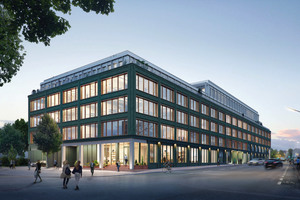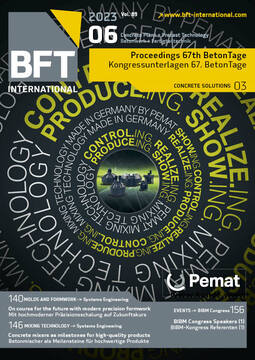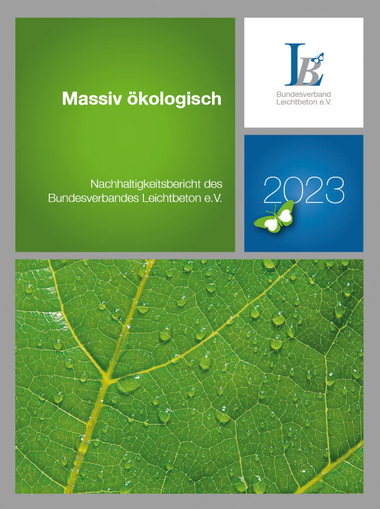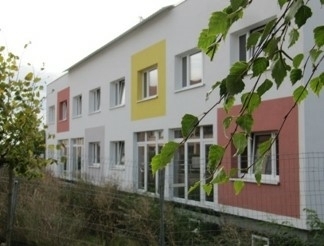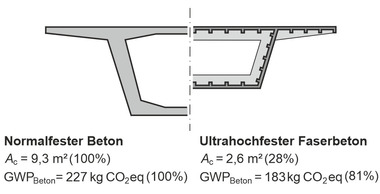“Fabrik Office” in Munich – Cradle to Cradle thought through from the beginning
The construction and real-estate sector is the largest user of the world’s raw materials and is the source of immense waste. At the same time, most greenhouse gas emissions are moreover created in the production of construction materials. The roadmap to reduction of CO2 emitted during the production of concrete has been drawn up as a masterplan und shows a way how these emissions can be markedly reduced. The objectives of the Paris climate agreement can be achieved only by developing new and more eco-friendly production methods, by optimizing and reducing material quantities and by recycling. The planning approaches on which the cradle-to-cradle principle are based here represent a promising strategy for sustainable and efficient building. With this strategy, eco-friendly materials can be used resource-efficiently and, at the end of their use, be either returned to biological or technical recycling, which essentially contributes to reducing the CO2 balance. Down-cycling should be avoided here if possible. The intermediate objectives that are currently being worked out by material producers (cradle to gate), are an essential first step for transparently defining and demonstrating the ecological value of the materials and their origin – broken down into primary raw materials and recycled or renewable materials. Consistent tracking of the materials from production to utilization and to subsequent loss-free return is possible only when utilization of the materials takes into consideration the entire lifecycle and – in cases in which the materials are used in buildings according to a plan – to ensure a return following utilization. The buildings of today are regarded as raw materials depots whose C2C efficiency is measured in accordance with the circulatory indicator in the three phases of material origin, utilization phase and material utilization. In Germany, the first projects based on this approach are being planned and implemented in construction and are leading to changes in thinking by planners and construction companies. Considering the large number of the materials used – in particular, in building projects – a uniform way of thinking can take place only if the applicable material parameters and their EPD are available in a database and are coordinated in connection with digitized planning.
Looking ahead, the C2C concept automatically leads to the consideration of whether construction materials in future are sold to the builder or, ideally, only “loaned” in order to later achieve a possible benefit for the producer from return and reutilization. The times of cradle to grave are definitely over and access and reutilization of the raw materials will become decisive.

